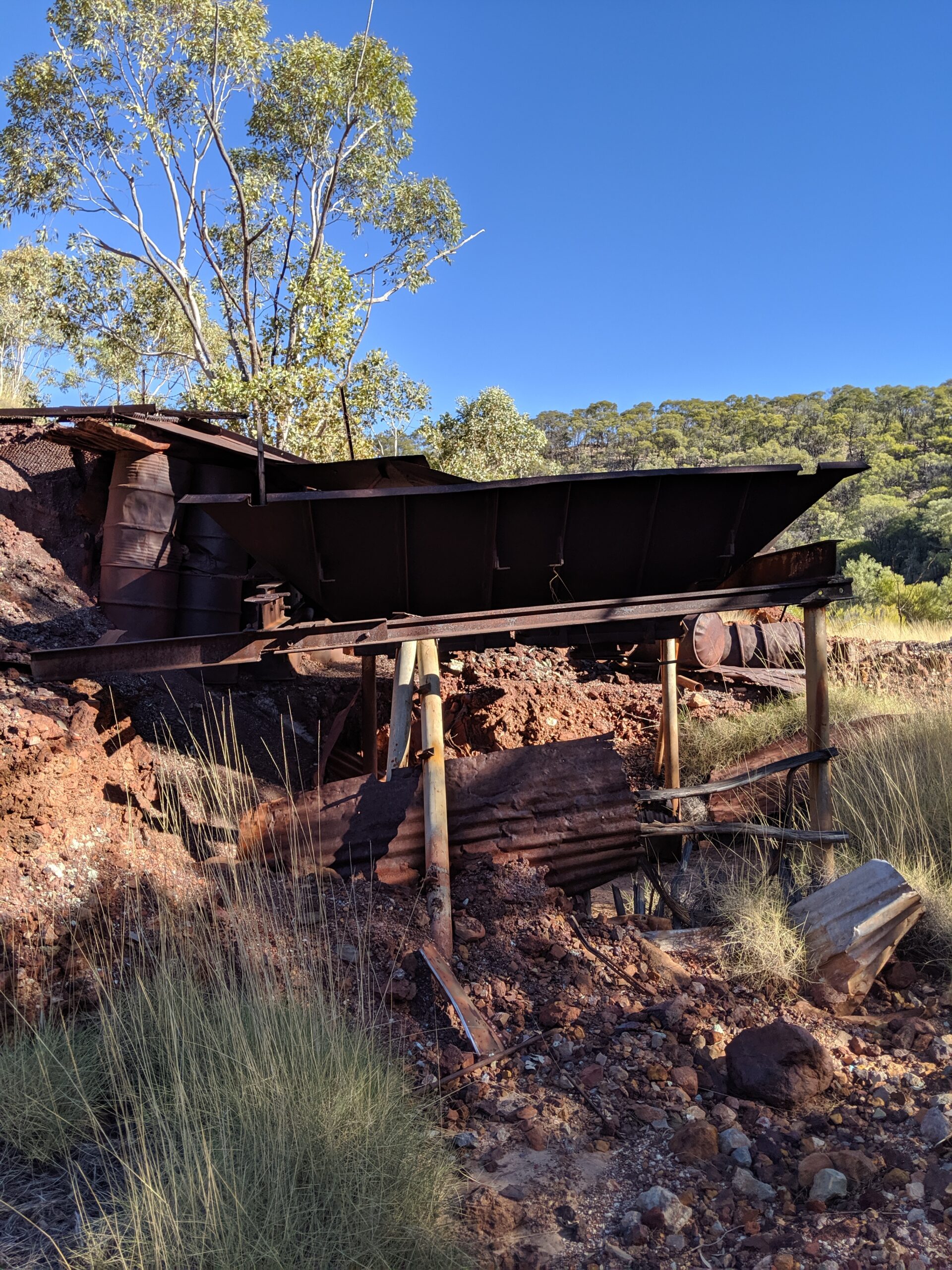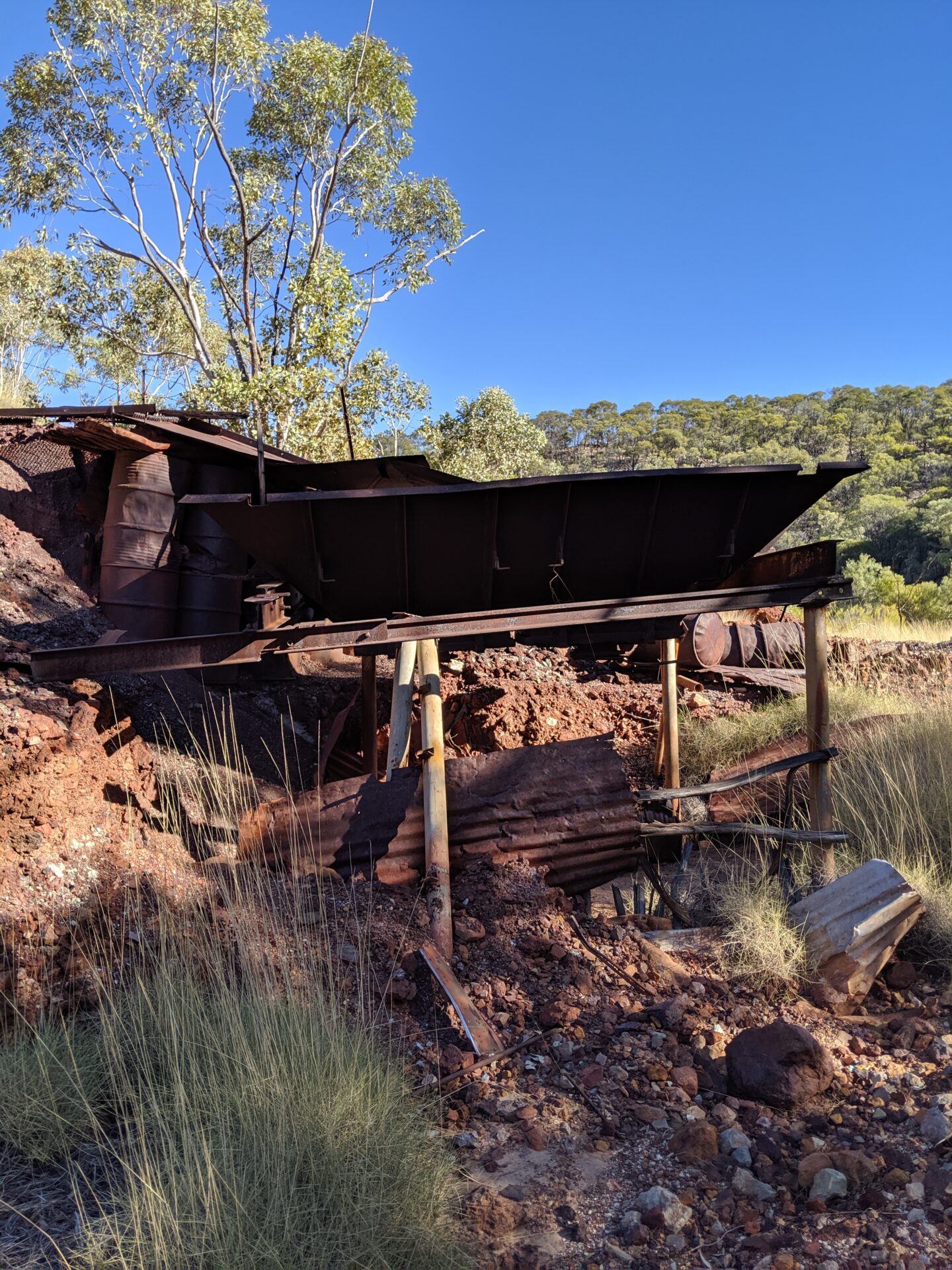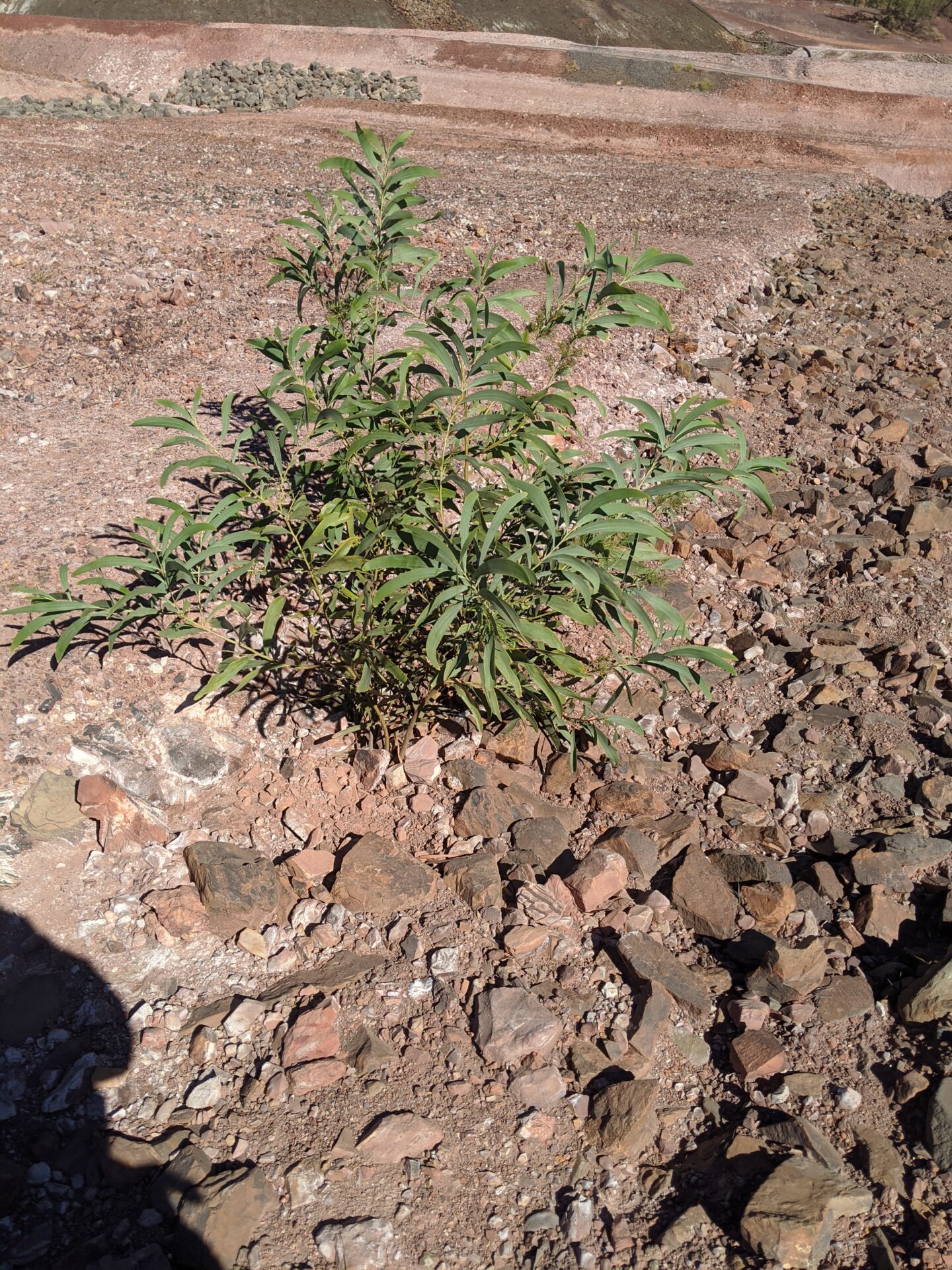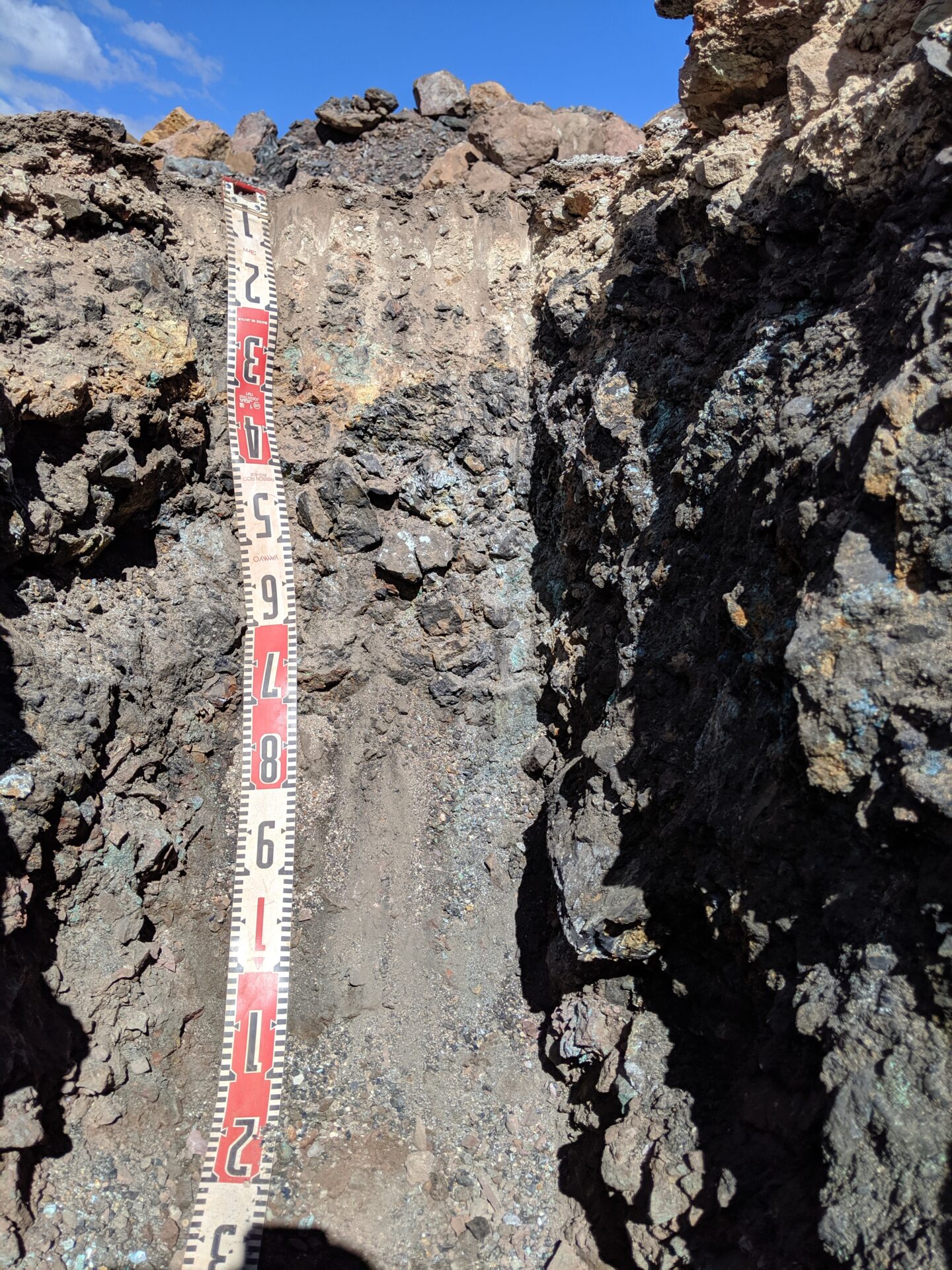Background
SGME was engaged to perform geochemical characterisation to determine the root cause for failed rehabilitation of a waste rock dump. We also led internal stakeholders through a multiple accounts analysis to determine the best closure strategy. The mine is an underground operation approximately 140 kilometres north-west of Mount Isa in a geological formation composed of siltstone, carbonaceous and pyritic shale, carbonate, sandstone and minor tuff.
Objective
The mine encapsulated potentially acid forming waste rock in an aboveground waste rock dump. It had been previously rehabilitated; however, it showed signs of sulfate precipitation and had failed to establish vegetation on the final cover of non-acid forming waste rock.
Solution
SGME conducted a comprehensive range of baseline assessments and analyses including geochemical testing of soil and waste rock for potential contamination, evaluation of soil fertility and erosion potential, cost estimation for various rehabilitation strategies and a multiple accounts risk assessment to rank these strategies based on social, financial, economic and technical aspects. The multiple accounts analysis approach facilitated collaboration among internal stakeholders to capture their risk perceptions and support decision-making for the preferred cover design option.
This process allowed for option refinement, identification of value management initiatives and consideration of feasible engineering solutions to ensure a reliable basis for effective and sustainable mine rehabilitation. SGME’s approach to mine closure planning focuses on dynamic adaptation, accuracy and relevance throughout the mine’s life cycle. We prioritise strategic evolution planning, active stakeholder engagement and a commitment to sustainable development. By collaborating with stakeholders, integrating leading practices and leveraging advanced technologies, we empower clients to implement responsible closure practices and create enduring value beyond closure.



